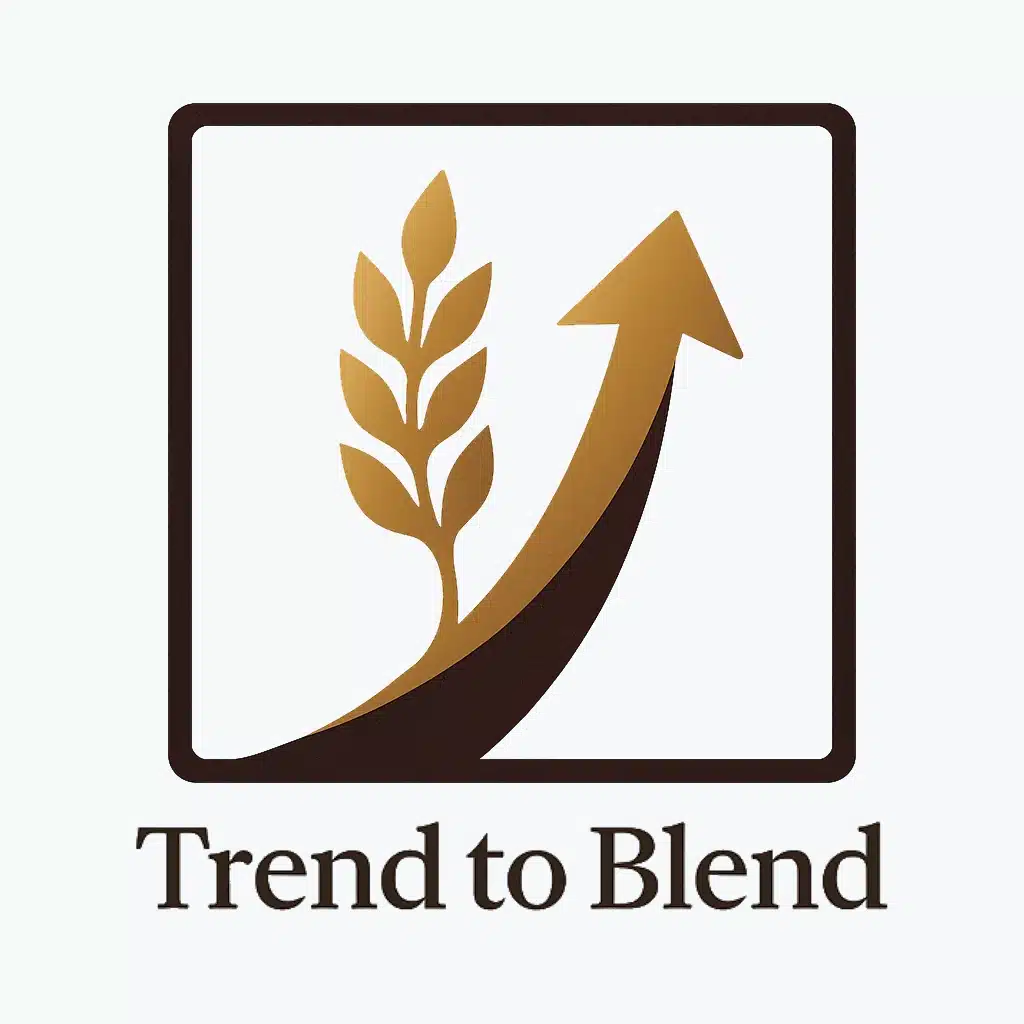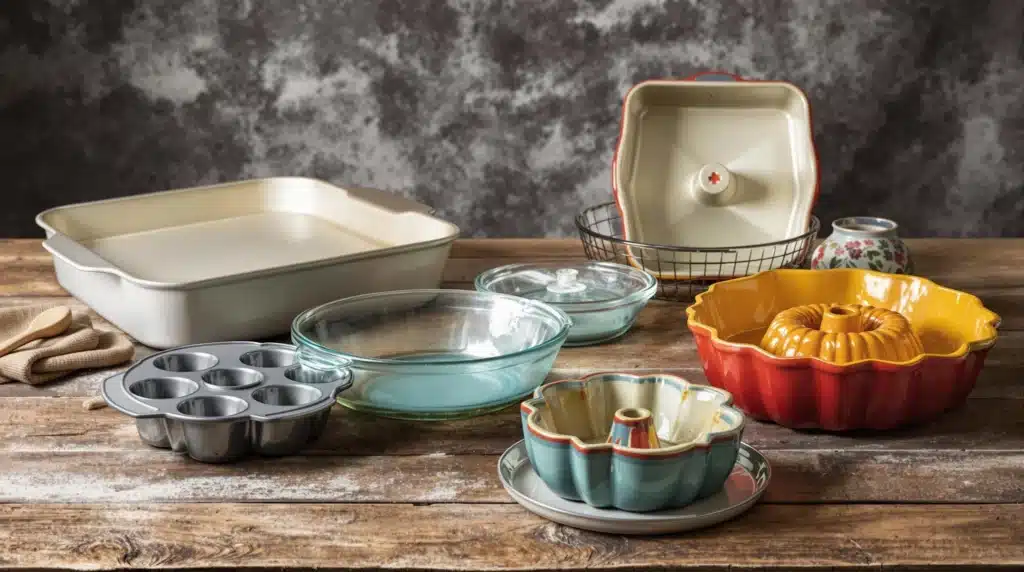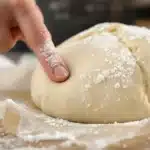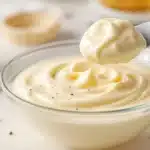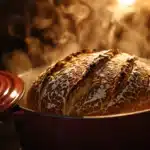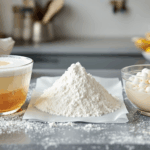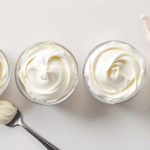You’ve meticulously followed a recipe, used high-quality ingredients, maybe even employed your trusty digital scale and oven thermometer. Yet, sometimes your baked goods don’t turn out quite as expected – perhaps the edges of your cake are too dark while the center is barely done, or your cookies have burnt bottoms but pale tops. While many factors influence baking outcomes, one often-overlooked element is the very pan you’re baking in. Does the material of your bakeware – be it shiny metal, dark nonstick, heavy glass, or colorful ceramic – actually make a difference? Absolutely!
The world of bakeware presents a confusing array of options. Staring at shelves filled with different materials can leave an aspiring baker wondering which is best. Understanding how different materials interact with heat is key to selecting the right pan for the job and achieving more consistent, predictable results. Let’s explore the properties of common bakeware materials and how they impact your quest for “pan perfection.”
Heat, Conductivity, and Color: Why Material Matters
Before diving into specific materials, let’s grasp a few key concepts that explain why the pan matters:
- Heat Conductivity: This refers to how quickly and efficiently a material transfers heat from the oven’s air and heating elements to the batter or dough inside the pan. Materials like aluminum and copper are excellent conductors, heating up rapidly and distributing heat evenly. Steel is a decent conductor (though less so than aluminum). Glass and ceramic, conversely, are poor conductors – they heat up much more slowly.
- Heat Retention: This describes how well a material holds onto heat once it gets hot. Glass and ceramic are excellent heat retainers; they stay hot long after being removed from the oven. Metals tend to lose heat more quickly once out of the oven.
- Material Color and Finish: This significantly impacts how the pan interacts with radiant heat (the heat waves coming directly from the oven elements and walls).
- Dark, Matte Surfaces: Absorb more radiant heat, leading to faster heating, quicker cooking, and significantly darker, crispier crusts on the bottom and edges.
- Light, Shiny Surfaces: Reflect radiant heat, leading to slower, more gentle and even heating and browning. This is often preferred for delicate items like cakes or cookies where you want even cooking without excessive browning on the bottom.
- Nonstick Coatings: Often dark, these coatings generally promote faster browning similar to other dark surfaces.
How does this translate to your baking? A pan that heats too quickly and gets too hot on the bottom (like a thin, dark metal pan) might burn your cookies before they fully bake. A pan that heats too slowly (like glass) might result in the edges of a cake overbaking while the center struggles to cook through. Choosing the right material helps control these variables.
Metal Mania: Aluminum and Steel Pans
Metal pans are the workhorses of most baking kitchens due to their durability and heat transfer properties.
Aluminum (The Versatile All-Arounder)
Often considered the best choice for all-purpose baking.
- Properties: Aluminum is an exceptional heat conductor, meaning it heats up quickly and, more importantly, evenly. This promotes consistent baking and uniform browning. It’s also lightweight, relatively inexpensive, and doesn’t rust.
- Types & Finishes:
- Natural Aluminum: Typically light-colored with a matte finish. Offers the best heat conductivity. Its main drawback is that it can react with highly acidic ingredients (like lemon juice, tomatoes), potentially causing discoloration of the pan and imparting a slight metallic taste (though usually minimal in standard baking).
- Anodized Aluminum: Undergoes an electrochemical process that creates a harder, darker, non-reactive surface. It’s more durable, scratch-resistant, and won’t react with acidic foods. While the anodizing slightly reduces heat conductivity compared to raw aluminum, it’s still excellent and very even.
- Aluminized Steel: A hybrid featuring a steel core coated with an aluminum-silicon alloy. It aims to combine the strength and durability of steel with the superior heat conductivity and corrosion resistance of aluminum. Often used in professional-quality bakeware.
- Pros: Excellent even heating, promotes consistent results, light color prevents excessive browning on bottoms/edges (ideal for cakes, cookies), durable (especially heavier gauges), generally affordable. Anodized versions are non-reactive.
- Cons: Natural aluminum can be reactive (anodized solves this). Thinner gauge pans can warp at high heat. Doesn’t retain heat as well as glass/ceramic once removed from the oven.
- Best For: A vast range of applications – cakes, cookies, muffins, quick breads, brownies, sheet pan dinners. Heavy-gauge, light-colored aluminum baking sheets are a baker’s staple.
Steel (Carbon Steel, Stainless Steel, Nonstick)
Steel offers strength and durability, but its baking properties vary.
- Properties: Generally very strong and resistant to warping. Heat conductivity differs significantly.
- Carbon Steel: Heats very quickly (can be prone to hot spots if thin), extremely durable. Requires seasoning (like cast iron) to prevent rust and build non-stick properties. Can react with acidic ingredients. Often used for specific high-heat applications like pizza pans, crepe pans, or traditional Madeleine pans.
- Stainless Steel: Surprisingly, a relatively poor conductor of heat compared to aluminum, making it prone to hot spots and uneven baking when used as a solid pan material. However, it’s completely non-reactive, very durable, doesn’t rust, and is easy to clean. It’s common in mixing bowls, saucepans, and sometimes as layers in multi-ply cookware, but less ideal as standalone bakeware.
- Nonstick Steel Pans (Most Common Steel Bakeware): These typically have a base of carbon steel or aluminized steel coated with a dark nonstick finish (usually PTFE-based like Teflon, or sometimes ceramic-based).
- Pros: Convenience! Offer easy release of baked goods and significantly easier cleanup. Widely available and popular for things like muffins, loaf cakes, and Bundt cakes where intricate shapes can make sticking an issue.
- Cons:
- Dark Color: The dark nonstick coating absorbs significantly more radiant heat, leading to faster cooking and much darker, often thicker crusts on the bottom and edges. This often necessitates reducing the oven temperature by ~25°F (15°C) compared to recipes using light metal pans, and checking for doneness earlier.
- Coating Durability: Nonstick coatings inevitably degrade over time. They are easily scratched by metal utensils, abrasive cleaners, or even stacking. Once scratched, the nonstick properties diminish, and concerns arise about flakes getting into food. Requires careful handling and replacement when worn out.
- High Heat Concerns: Some older PTFE coatings raised concerns about stability and fumes at very high temperatures (though generally considered safe at typical baking temperatures below 500°F/260°C).
- Best For: Nonstick steel pans are popular for their convenience, especially for muffins, cupcakes, loaf cakes, and Bundt pans. Carbon steel has specific uses (pizza). Solid stainless steel is less common for baking pans due to heat conductivity issues.
Glass & Ceramic: The Insulators & Retainers
These materials behave quite differently from metals, acting more as insulators that heat slowly but hold heat exceptionally well.
Glass Bakeware (Pyrex, Anchor Hocking, etc.)
A common sight in many kitchens.
- Properties: Glass is a poor conductor of heat. It takes longer to heat up and doesn’t transfer heat as evenly as metal. However, once hot, it’s an excellent heat retainer, staying hot long after being removed from the oven. It’s also transparent and non-reactive.
- Pros: Completely non-reactive with acidic ingredients. Transparency allows you to easily monitor browning on the bottom and sides. Retains heat well, keeping casseroles warm at the table. Relatively inexpensive and easy to clean.
- Cons: Slow and potentially uneven heating can lead to edges overbaking before the center is cooked through, particularly in cakes. Less desirable browning patterns compared to metal (often paler tops, potentially darker bottoms if heated too long). Susceptible to thermal shock – sudden extreme temperature changes can cause it to shatter (never place a hot glass dish on a cold or wet surface, or pour cold liquid into a hot dish). Recipes often require reducing the oven temperature by about 25°F (15°C) compared to metal pans. Generally not recommended for cookies or delicate cakes.
- Best For: Savory casseroles, lasagna, baked pasta dishes, fruit crisps and cobblers, bread pudding. Sometimes used for pies or quick breads (with temperature adjustment).
Ceramic & Stoneware Bakeware
Includes materials like stoneware, porcelain, and earthenware, often prized for aesthetics.
- Properties: Functionally similar to glass – poor heat conductors but excellent heat retainers. They are opaque and come in various colors and finishes.
- Pros: Often very attractive, making them suitable for oven-to-table serving. Retain heat exceptionally well. Non-reactive with ingredients. Generally quite durable (though can chip or crack if dropped). Can promote very even baking once fully heated.
- Cons: Heat up very slowly, requiring thorough preheating (sometimes even preheating the empty dish). If not fully preheated, can lead to under-baked centers or soggy bottoms. Can be heavy. Still susceptible to thermal shock, though sometimes less so than glass. Often more expensive than metal or standard glass bakeware. Dark glazes might promote faster browning than light ones.
- Best For: Pies (a preheated ceramic pie dish promotes a wonderfully crisp bottom crust), casseroles, gratins, pot pies, savory bakes, fruit desserts. Generally less suitable for delicate cakes requiring quick, even heating. (Note: Baking stones are a type of ceramic specifically designed to absorb and radiate high heat for bread and pizza).
Silicone Bakeware: The Flexible Option
A relatively newer category offering flexibility and non-stick properties.
- Properties: Made from flexible, food-grade silicone. Naturally non-stick, lightweight, cools down very quickly, and easy to store (can be rolled or folded). However, it’s a very poor conductor of heat.
- Pros: Excellent non-stick performance usually means easy release of baked goods without greasing (though light greasing can still help). Very easy to clean (often dishwasher-safe). Flexibility makes storage easy and allows for intricate molded shapes. Freezer, microwave, and oven safe within specified temperature limits. Cools quickly, reducing carryover cooking.
- Cons: The biggest drawback is its lack of rigidity. Silicone pans must be placed on a sturdy metal baking sheet before filling and transferring to the oven for support. Its poor heat conductivity results in minimal browning and often paler crusts compared to metal pans. Some users report lower quality silicone imparting subtle off-flavors or odors, especially when new (choose reputable brands). The material is easily cut or punctured by sharp objects. Baking times may sometimes need adjustment (often slightly longer).
- Best For: Muffins and cupcakes (though paper liners in a metal pan often give better structure and browning), molded cakes where intricate shapes are desired, freezing portions of food, making chocolates or candies. Less ideal for anything where a crisp edge or significant browning is a primary goal (like cookies or bread crusts).
Making the Choice: Pan Perfection Pointers
How do you choose the right pan material for your needs?
- Match Material to Desired Outcome: Think about the recipe. Do you need crisp edges and deep browning (dark metal)? Even cooking and light browning (light aluminum)? Flakiness (requires cold fat, any pan works)? Heat retention for serving (glass/ceramic)? Easy release above all else (nonstick/silicone)?
- Build a Core Set with Aluminum: For versatility and reliable results across the widest range of recipes (cakes, cookies, quick breads, brownies), heavy-gauge, light-colored aluminum bakeware (especially baking sheets, round cake pans, square/rectangular pans, loaf pans) is generally the best starting point. Anodized aluminum offers added durability and non-reactivity.
- Use Nonstick Strategically: Dark nonstick pans offer undeniable convenience for items prone to sticking (muffins, Bundt cakes). Just remember to potentially lower your oven temperature slightly, expect darker crusts, handle the coating with care, and replace the pan when the coating wears out.
- Employ Glass/Ceramic Thoughtfully: Reserve these primarily for pies, casseroles, gratins, and fruit desserts where their heat retention is beneficial. Always adjust oven temperatures downwards compared to metal pan recipes and handle carefully to avoid thermal shock.
- Use Silicone Selectively: Leverage its flexibility and non-stick properties for molded items or when browning isn’t important. Always use it on a baking sheet for support.
- Quality Matters: Regardless of material, choose pans that feel sturdy. Heavier gauge metal pans resist warping and distribute heat more evenly. Look for well-constructed items from reputable brands.
Conclusion: The Foundation of Your Bake
The pan you choose is more than just a container; it’s an active participant in the baking process, directly influencing how heat reaches your food and determining the final texture, color, and doneness. Understanding the fundamental properties of common bakeware materials – the excellent, even conductivity of aluminum; the convenient but potentially aggressive heating of dark nonstick steel; the slow heating but excellent retention of glass and ceramic; and the flexible, non-browning nature of silicone – empowers you to select the right tool for each specific job.
By considering the desired outcome of your recipe and matching it with the characteristics of your pan material, you can achieve greater control and consistency. Building a core collection of quality, versatile pans (starting with light-colored aluminum is often wise) and adding specialty materials as needed will help you on your journey toward achieving true “pan perfection” in your baking endeavors.
